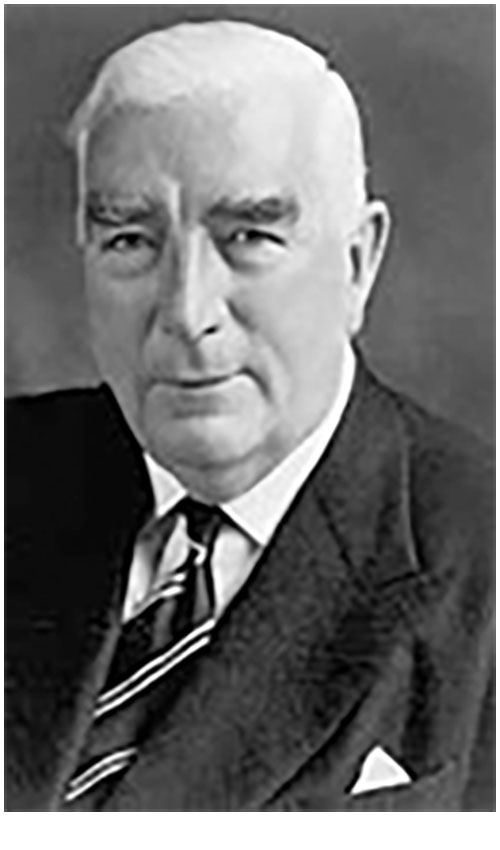Life on the West Island - In name only

23 June 2022
Now that all of the votes are counted and the results settled in all House of Representatives and Senate seats, West Islanders are being bombarded with commentary on the outcomes of the 2022 federal election. One thing is quite clear – the conservative side of politics has taken a severe beating from progressive candidates representing Labor and the Greens and especially from forward-looking, community based independents.
One significant analysis of the decline in support for the federal coalition was reported in The Saturday Paper:
Ian McAuley, a fellow of the Centre for Policy Development, provides some hard numerical evidence of that decline. He has compiled the numbers on the vote share of both Labor and the Coalition parties for the past 20 federal, state and territory elections, back to 2014.
Labor’s primary vote – that is, before the distribution of preferences – fell in nine of those elections, but by less than two points on average. This was roughly consistent with the long-term decline in the vote share of the major parties over almost half a century.
The Coalition, in contrast, saw its vote share fall in 19 of those 20 elections, by an average of almost 12 points.
“The exception was the Queensland election in 2020, when the One Nation vote came back to the Coalition. But it lost the election anyway,” McAuley says.
The biggest fall in the Labor vote share was 4.4 points in the May 2021 Tasmanian election. There were bigger swings than that on nine occasions against the Coalition. In the case of Western Australia, the Liberal vote plunged 15.9 points in 2017 and another 9.9 in 2021.
The consequences are evident in Australia’s parliaments. The only state in which the conservatives hold a majority is Tasmania, and even then it is of just one seat. The Coalition is in tenuous minority government in New South Wales. Everywhere else it is in opposition. In the West there are only two surviving Liberal members in the lower house.
In the 2022 federal election, the Coalition lost 19 lower house seats to Labor, the Greens and independents, and failed to pick up a single seat. Many commentators agree that the collapse of the conservative vote, especially for the Liberal Party (which saw a swing against it of almost 6%) was in large part because the coalition turned its back on many of its traditional voters, while unsuccessfully trying to win support from lower and middle income electors and to appeal to the radical right wing fringe.
Professor Judith Brett of LaTrobe University believes that for the coalition to arrest the alarming slide in its support it must rediscover a sense of purpose and “work out who its constituency is.” She says that since Howard, the coalition has never produced a government with any sort of positive agenda. “Under Abbott, all they ever did was undo things that Labor had done. And Morrison’s agenda was just – nothing.”
A common theme among the experts is that the Liberal Party is now “liberal” in name only, especially since the defeat of many of its few remaining “moderates” last month. The founder of the party, Robert Menzies, had a vision of a movement that represented the “forgotten people” who were neither part of the organised labour movement nor protected by great wealth.
Commentator Mike Seccombe points out that “the reality is that Australia has changed vastly in social and cultural terms since Menzies and even since Howard. The party they both led has failed to keep up.”
This was highlighted by the Liberals’ loss of six “blue ribbon” safe seats to teal independents in the 2022 election. All of those fell to educated, articulate women who promoted a socially progressive agenda. Three other sitting female independents from formerly safe Liberal seats were re-elected.
The writing is on the wall for the coalition, especially in the cities and in some regional seats such as Indi and Mayo. Educated socially progressive female voters are seeking a genuinely progressive party, especially on social and cultural issues, and have turned away from the coalition in droves. If history is any guide, the 16 crossbench members are likely to solidify their support and it will be hard for the major parties to regain the trust of voters in those key electorates.
Professor John Warhurst of Australian National University believes that the coalition is sinking into a death spiral like that of the United Australia Party in the 1940s. Menzies created the Liberal Party out of the UAP’s ashes. Prof Warhurst writes that “maybe the lesson there is that you’ve got to die and be reborn to such an extent that you go through the hell of opposition and then you get the emergence of a genuinely liberal party.”
There is little sign of this so far, with West Island opposition leader Dutton taking a hardline stance and seeing his road back to power through harsh and florid criticism of everything done by the new government while pledging to stick to the failed policies which resulted in the worst election loss by the coalition in over 70 years.
Can the Liberals rise to the Menzies challenge of being “a progressive party, willing to make experiments,” or will they remain liberal in name only?